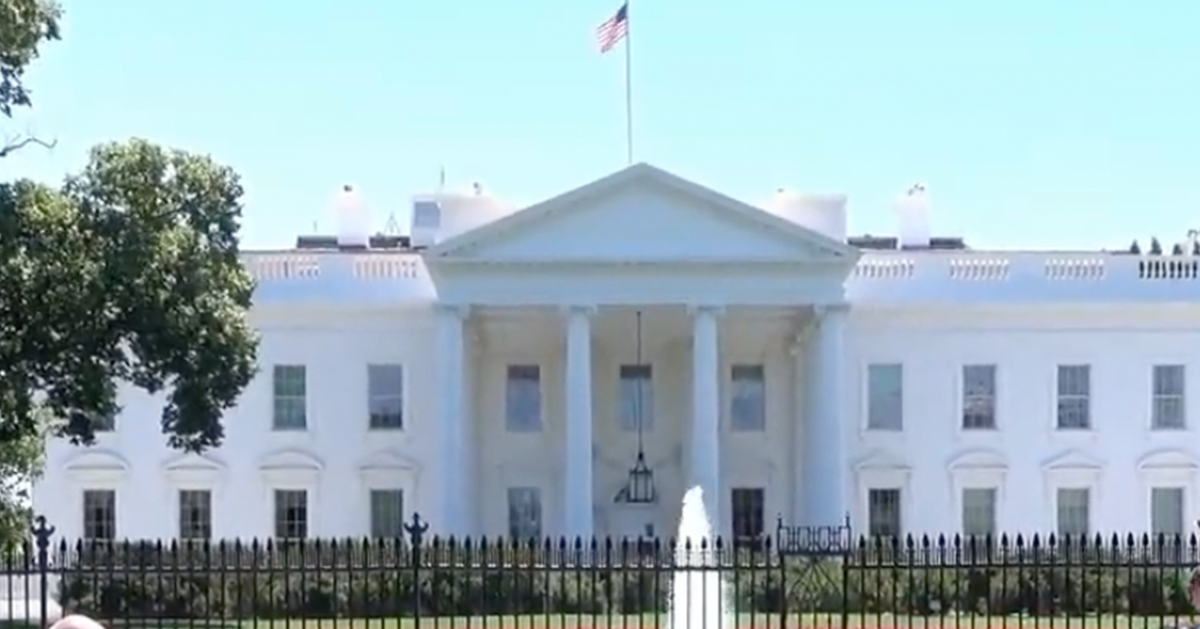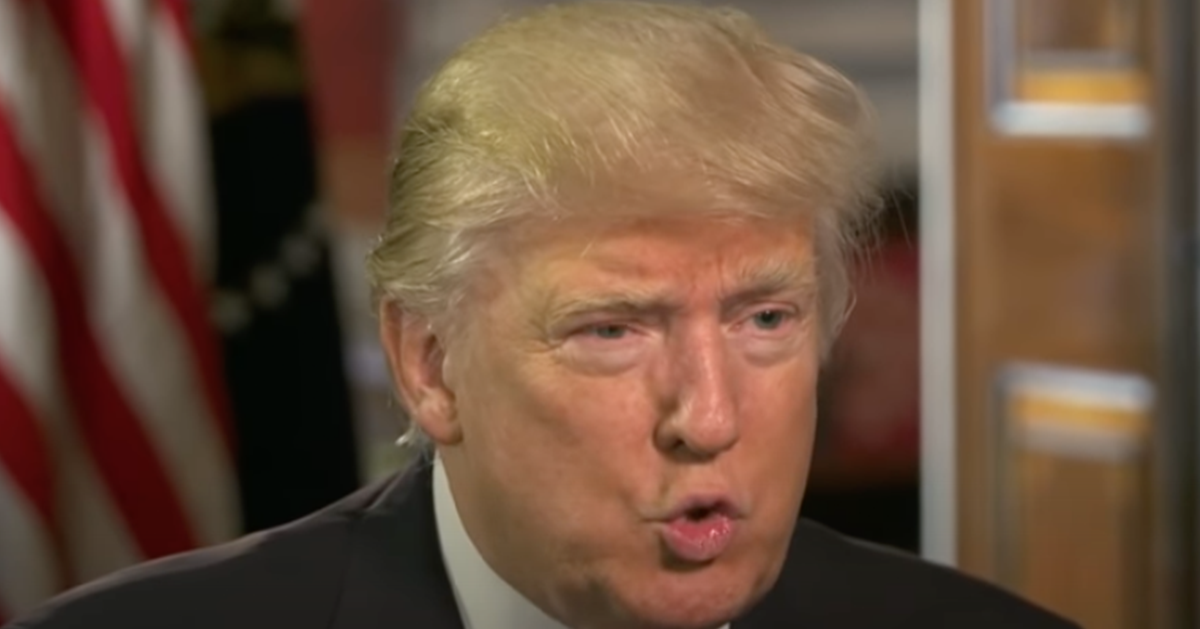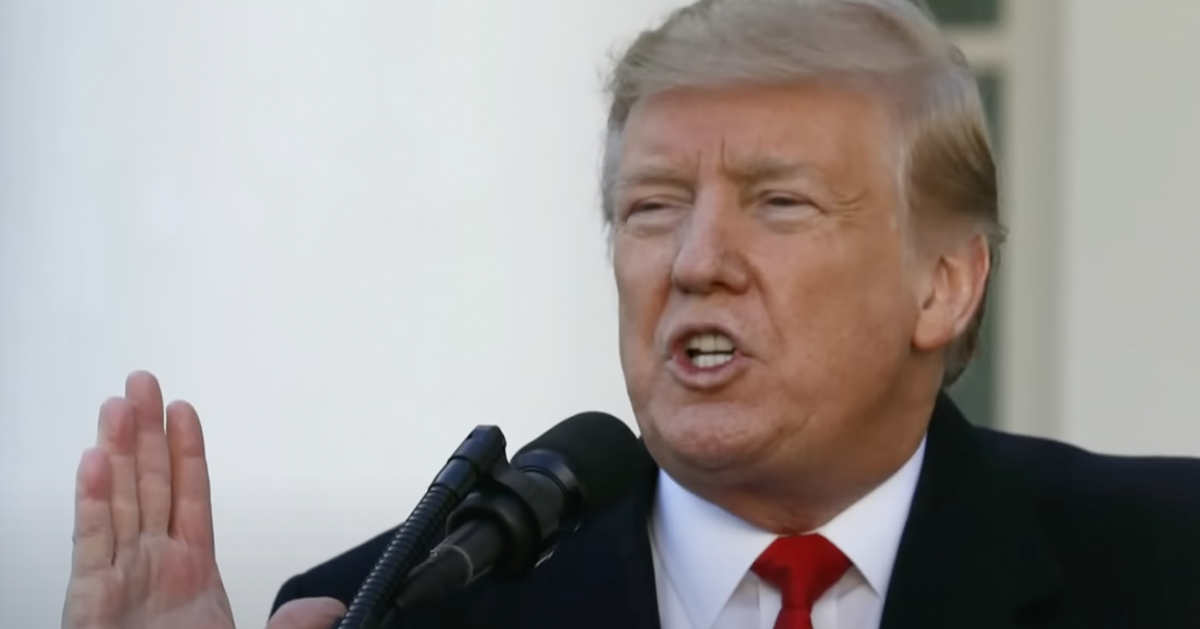Kamala's Campaign Media Blitz Raises Concerns
Kamala Harris embarked on a significant media tour that has stirred debate within her political ranks, creating a wave of both backing and disapproval.
Her appearances on several media outlets highlighted existing controversies and questions regarding the execution and focus of her media strategy, Daily Mail reported.
Harris chose to initiate her media tour with an appearance on the popular podcast "Call Her Daddy," a platform known for its supportive stance. Throughout the tour, she largely bypassed adversarial media sources or rigorous press briefings. Her husband, Doug Emhoff, who is currently facing allegations related to past personal conduct, found his issues largely sidelined during the series of engagements.
Notable Media Stops and Their Impact
A notable moment of the tour was Harris's appearance on the cover of The New Yorker, accompanied by a supportive editorial narrative. Despite this backing, prominent Democratic figures, including former President Barack Obama, have questioned her readiness and electability against potential rivals such as Donald Trump. During a speech in Pittsburgh, Obama raised concerns about garnering support among black male voters, a key demographic for the Democratic party.
In a bid to further energize the campaign, former President Bill Clinton was enlisted to join efforts along the campaign trail. Harris also graced the screen on "60 Minutes," though an important portion of her discussion about Middle Eastern relations did not make the final cut. Appearances on "The View," Howard Stern's show, and a spot with Stephen Colbert emphasized her personal traits more than her policies, prompting criticism about the substance of her public communications.
Challenges of Substance and Strategy
Critiques have emerged pointing to a perceived lack of depth in her public statements during this media blitz. Harris's responses were seen as short on detailed policy proposals, which left some observers questioning the strategy's effectiveness in addressing public concerns and enhancing her political image.
Harris found herself amid another contentious issue amid coverage of an approaching hurricane. A dispute with Florida Governor Ron DeSantis brought her response under scrutiny. DeSantis remarked on a perceived absence of collaboration, stating that despite having a good working relationship with President Biden during storms, Harris had not reached out.
Internal Party Dynamics and Reactions
In a separate press conference, President Joe Biden seemed to distance himself from Harris's assertions related to the hurricane response. He noted the collaborative efforts with Governor DeSantis, who expressed gratitude for federal support. This delicate balance within party lines added to the internal dynamics the media tour inadvertently highlighted.
Harris herself addressed aspects of gender bias in politics, expressing frustration over potential hurdles she faces, particularly relating to her capacity as a female leader. A sentiment shared by figures like Howard Stern, who expressed his own apprehensions about her portrayal in media, notably in sketch shows that satirize her public persona.
Efforts to boost voter enthusiasm continued, with the announcement of other high-profile supporters taking an active role in Harris's campaign. As the tour concluded with mixed outcomes, conversations persisted about the strategic implications and overall impact on her political trajectory.
Reflecting on Public and Political Reactions
In response to the various developments, Emhoff termed the controversies as distractions, brushing off the relevance of allegations against him. Meanwhile, Kamala Harris highlighted broader societal issues, drawing a line between private life matters and public accountability.
The unfolding dialogues within the Democratic camp signal a broader conversation about the present and future roles of key political figures. While Harris has navigated a mixed patch of media engagements, the journey reflects both the complexities of the political landscape and the ongoing challenge of communication strategy during election campaigns.
The Road Ahead for Kamala Harris
As part of the broader narrative, various supporters and critics within the party continue to weigh in on the balance between personality-driven media and substantive policy discussions. Whether the media tour ultimately strengthens Harris's standing remains a topic of debate as the political season progresses.
Amidst the challenges and criticisms, her efforts to maintain visibility underscore the nuanced path leading into the coming election season, with both opportunities and obstacles lying ahead on her political horizon.





